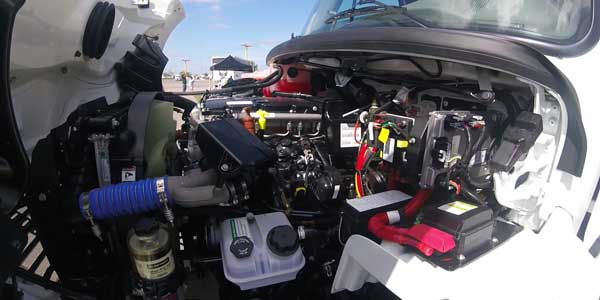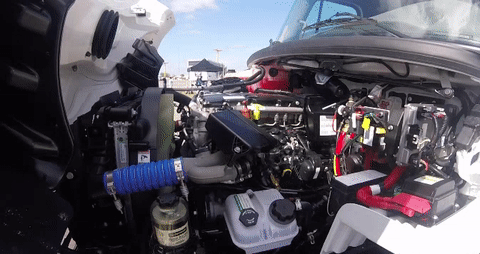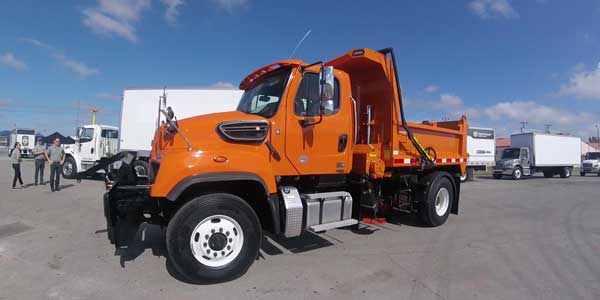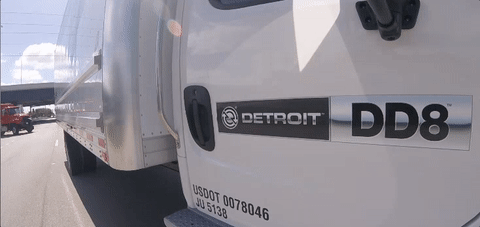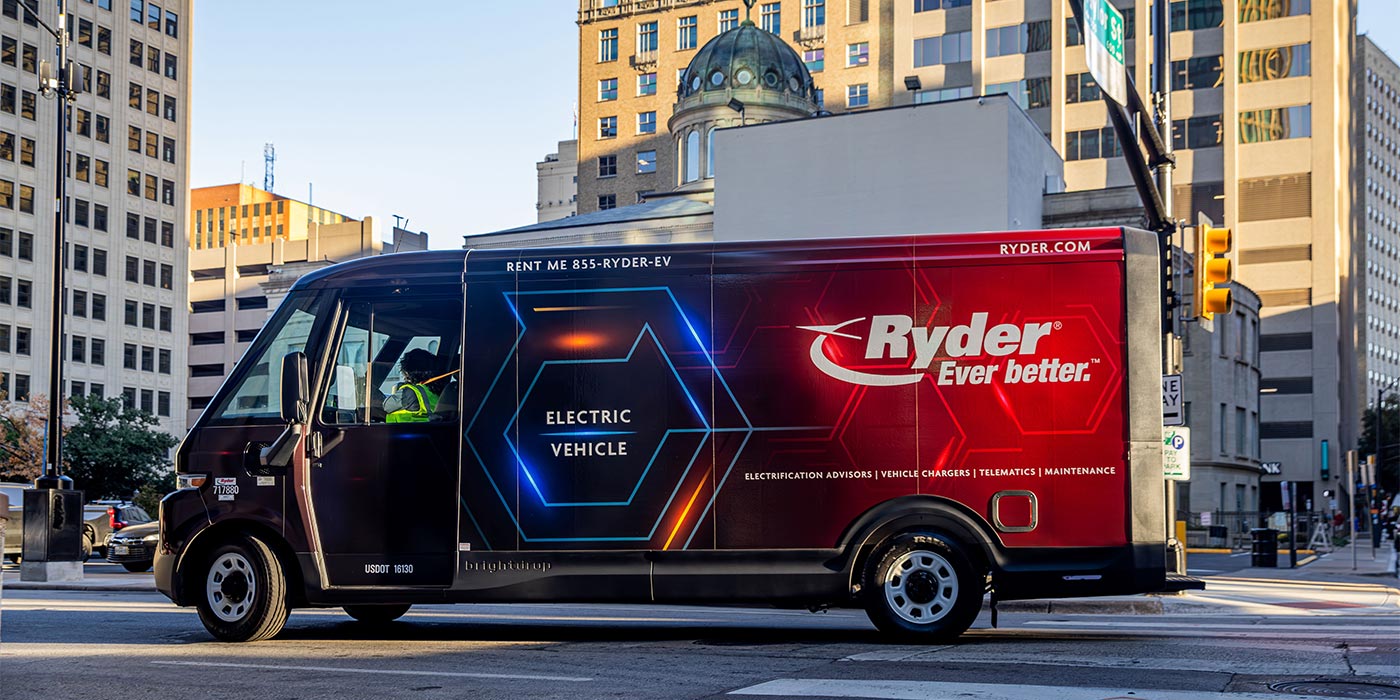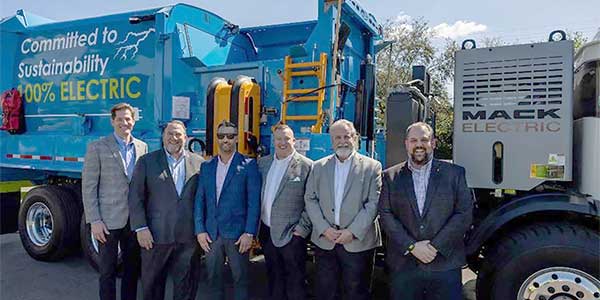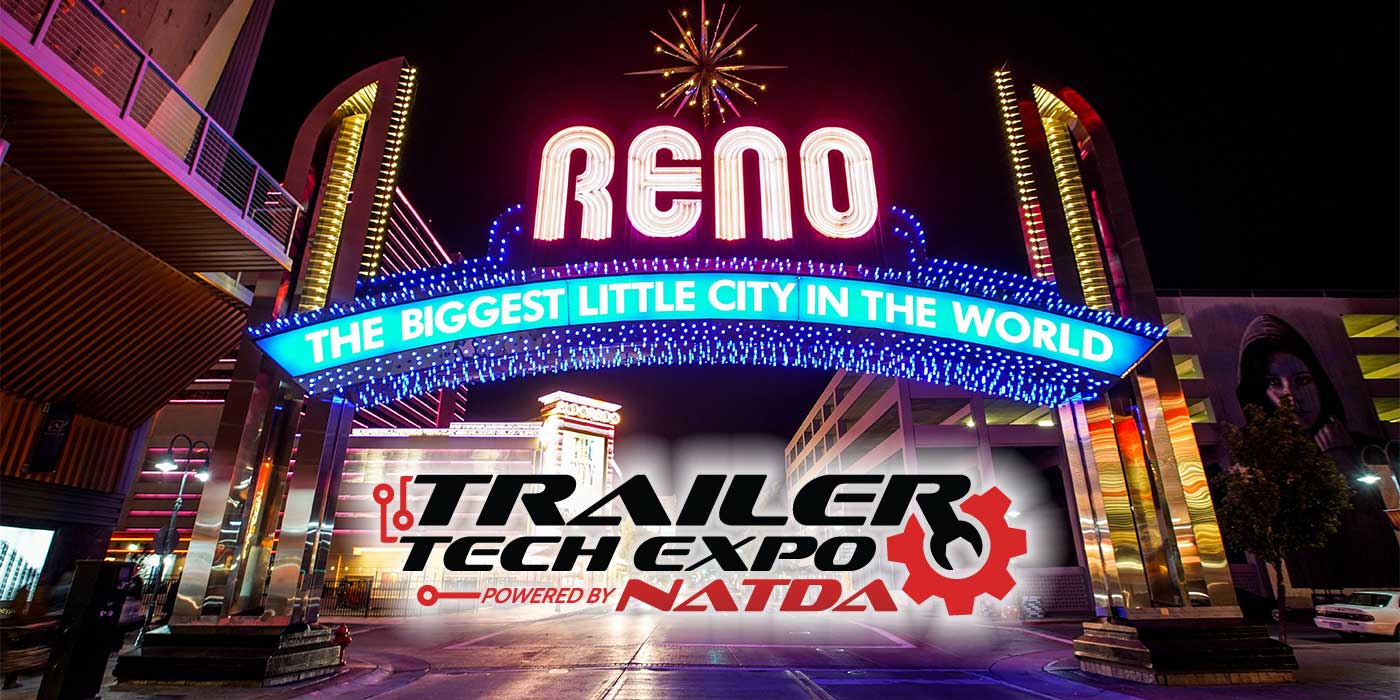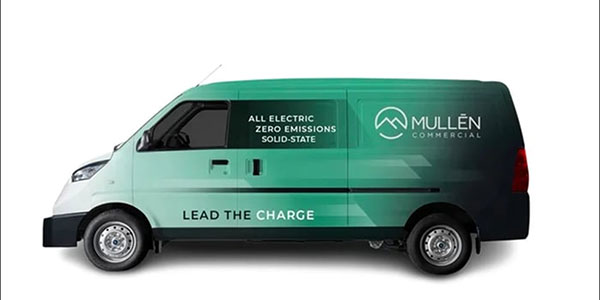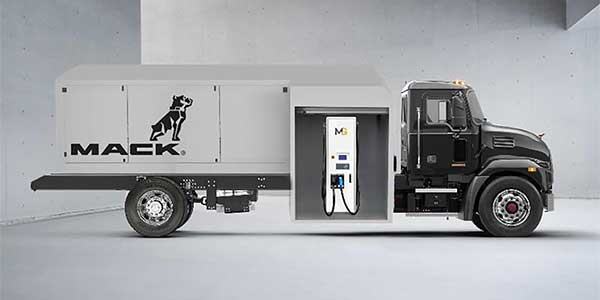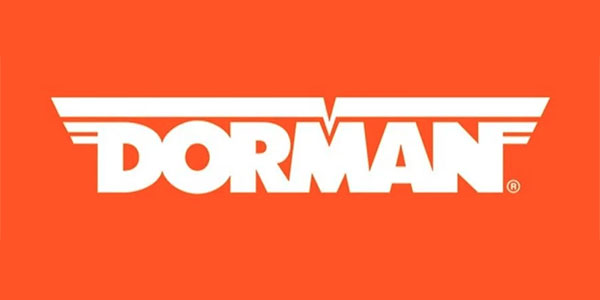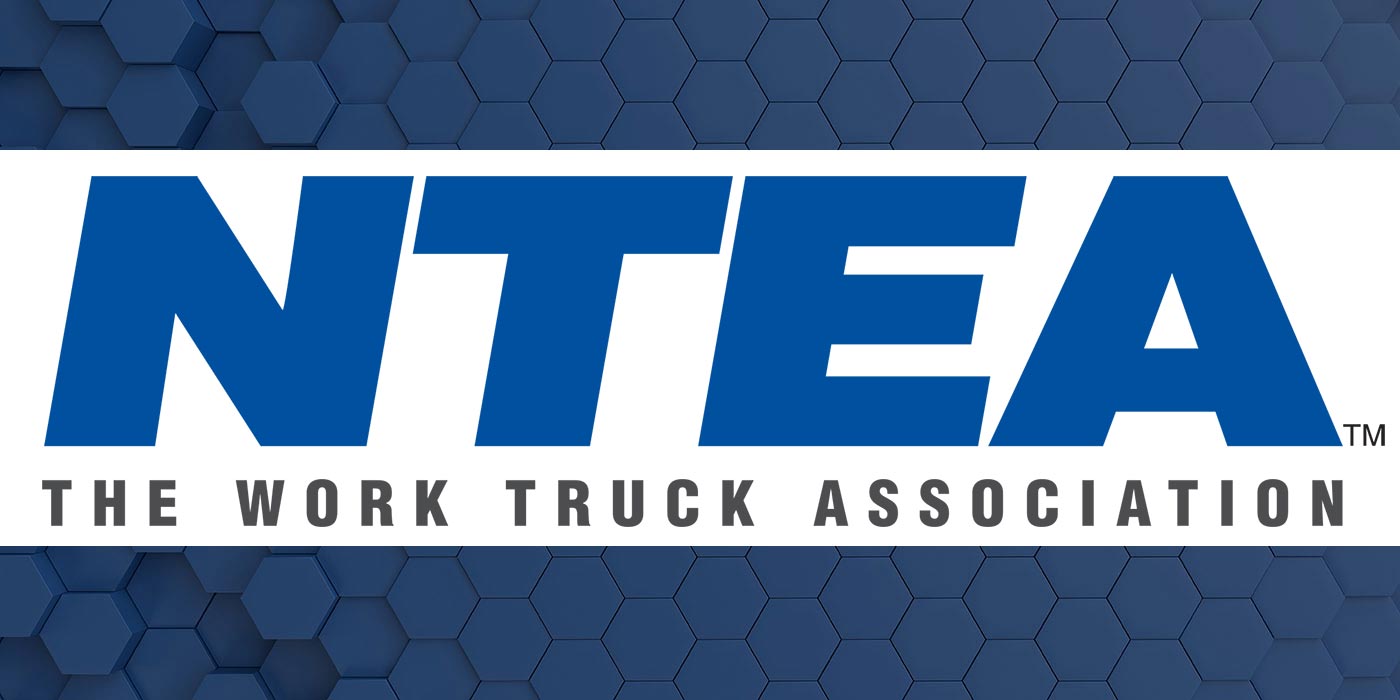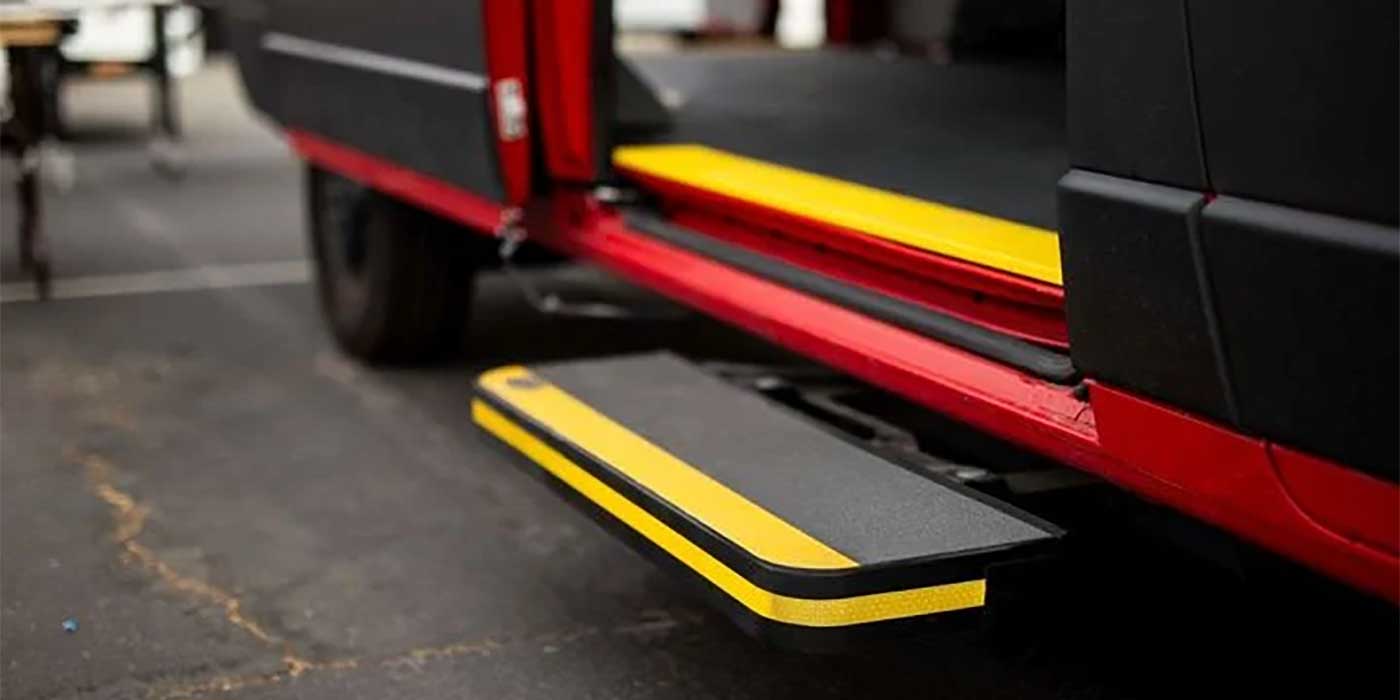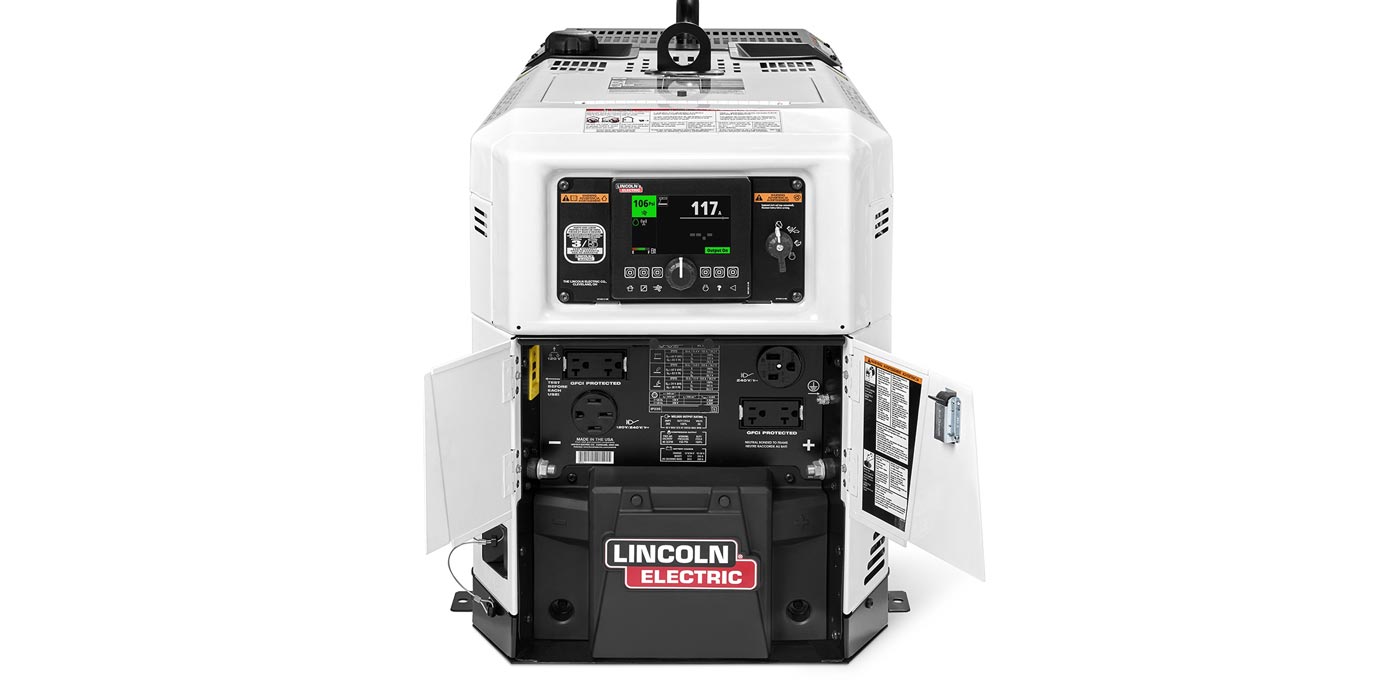Kelly Gedert and her team of Detroit product specialists stand before an arsenal of Freightliner trucks outfitted for everything from dump and delivery to flatbed and refuse. Under the hood, they share one important similarity—they’re all powered by the new Detroit DD8 engine.
The 7.7-liter engine rounds out Detroit’s medium-duty and vocational power plant offering as the DD8 comes hot on the heels of the quick launch of the DD5, an engine that makes up one-third of customer purchases when the Detroit engine is available for the application, reported Gedert, who is the director of product marketing for Freightliner and Detroit components. It’s a trend that Detroit aims to continue with its latest offering.
“When we bring a product to market, it’s a global design. We’re able to leverage Daimler’s entire engineering organization, taking what our colleagues in Europe have learned about the engine to bring the DD8 to the North American market,” Gedert says, noting that the engine, while new to North America, has five years of on-road experience in Europe. “The DD8 is a clean sheet design. We weren’t trying to update an existing product to meet emission regulations. It’s built from the ground up knowing that emissions regulations are going to become more stringent.”
“Exactly,” chimes in Steve Collins of Detroit Technical Sales, medium-duty engines. “In the past, you’ve had engines and then emissions regulations come down the pike and you would try to tweak the engine to meet the standard. The benefit of a clean sheet design is the thermal management engineers are working with the combustion engineers who are working with the aftertreatment engineers who are looping in the fluid dynamic engineers to figure out how all those design decisions can work together to create the best product for today and what’s coming in the future.”
For Detroit, the DD8, along with the DD5, brings the power of choice to its customers in vocational segments. And the DD8 sports plenty of choices. The DD8 single turbo offering boasts engine ratings of:
- • 260 HP, 660 ft./lb.
- • 260 HP, 720 ft./lb.
- • 280 HP, 800 ft./lb.
- • 300 HP, 860 ft./lb.
The dual-stage turbo configuration offers:
- • 330 HP, 1,000 ft./lb.
- • 350 HP, 1,050 ft./lb.
- • 375 HP, 1,050 ft./lb.
The DD8 is available for Freightliner M2 106, 108SD and 114SD models, tackling nearly any medium-duty and vocational application, including pick-up and delivery, utility, construction, dump, mixer, plow, towing and recovery, refuse and fire and emergency. To keep vocational trucks working, Detroit set oil drain intervals at an impressive 55,000 miles for shot haul applications; 60,000 miles for long haul applications; and 45,000 miles for severe-duty applications.
“Typically, oil maintenance for a medium-duty engine was every 15,000 miles. We’re looking at 45,000 to 55,000 miles on the DD8. I want to caution you here that if you have a vocational truck doing 10,000 miles a year, I certainly hope that you’re not waiting four-and-a-half years to do your first oil change,” says Brian Daniels, manager of Detroit powertrain and component products. “The story I like to tell to highlight the advantage is when I was speaking with a guy who ran a municipality maintenance shop who said, ‘We used to have three technicians to service our fleet, but now we’re down to one because of budget cuts. I’m certainly not going to wait four years to do an oil change, but when I’m looking at handling the maintenance for the 100 trucks in my fleet, it’s nice to know that the DD8 trucks are more flexible in terms of servicing.’”
Detroit backs up that flexibility with a three-year, 250,000-mile warranty and a DD8 B10 life of 400,000 miles. What’s B10 life? It’s an engine durability benchmark that basically means that 90% of DD8 engines will go 400,000 miles before requiring a major overhaul.
Variable cam phasing
Steve Collins walks over to an idling Freightliner M2 106 and cracks open the hood before climbing into the driver’s seat and revving the engine. The DD8 growls with excitement, anticipating the work to come, and then idles back down to a dull roar as Collins takes his foot off the gas. Then the engine utters a deeper, steady rumbling just below its idle.
“That’s the VCP!” Collins says with a smile. VCP, or variable cam phasing, is a new engine innovation Detroit has introduced to address the aftertreatment system headaches that plague vocational fleets. In applications in which long idle time allows the exhaust to cool down to the point where it’s not burning particulate matter off of the DPF, the truck would need to force a regen to get it rolling again. Simply put, the goal of variable cam phasing is to force the engine heat into the exhaust system more quickly to keep the aftertreatment system temperature up and reduce forced regen situations.
“We run on a dual over-head cam system. We can control intake valves and exhaust valves separately,” Collins explains as he hops out of the truck. “Imagine a four stroke system—intake, compression, combustion, exhaust. The hottest moment in that engine is the moment of combustion when the piston is at the top of the stroke. By the time the piston gets to the bottom of the combustion stroke, the temperatures within the cylinder have cooled down quite a bit.
“In normal applications, you’d have the exhaust valve open during the exhaust stroke, pushing cooled down exhaust out. Our variable cam phasing opens the exhaust valve sooner in the combustion process. We’re opening the valve while the piston is going down during the stroke. That takes the peak temperature in the cylinder and forces it downstream into the exhaust and aftertreatment systems.”
The key word is “variable”—it’s not doing this all the time every time. It only happens when the aftertreatment system drops below a desirable temperature to keep the DPF clean. True enough, test driving the DD8 in the Freightliner M2 106 on the sun-soaked streets of Palm Beach, Fla., the DD8 would only occasionally utter that deep rumbling during idle. It’s definitely a unique sound that will get a driver’s attention, but fear not: it’s actually the engine working to create reduce problems down the road.
Having its own proprietary vocational engine platform also lets Detroit innovate on the technology side, as the DD8 sports the Detroit Connect Virtual Technician telematics and remote diagnostic platform.
“Imagine that Kelly and I owned a vocational company and we have three mixer trucks,” Daniels begins, “and my driver calls me from the road and says, ‘I’m three miles out from delivering this load and a fault light came on.’ That driver doesn’t know if the fault means the engine is about to fail and that concrete will solidify in the barrel or if it simply means the engine needs an oil change in 100 miles.
“The Detroit Connect Virtual Technician system allows me to see exactly what that fault code means and I can route that vehicle to a service shop—showing me the closest shop to the truck with the parts I need. That is huge for vocational business owners who don’t have an in-house service network of folks who keep an eye on uptime and service needs.”
Hopping from dump truck to dry van to flatbed, it was clear that the DD8 aims to be all things to any application, offering enough flexibility and innovative support to get the job done regardless of the size of a fleet’s operation.

